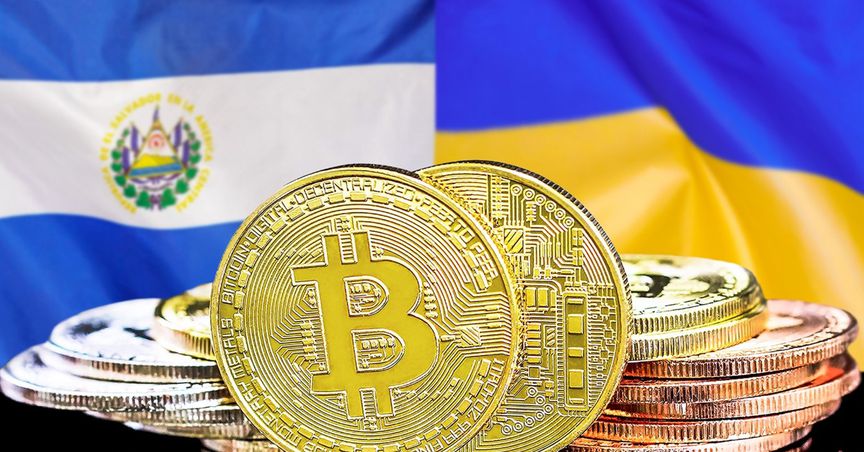Highlights
- Russia has reportedly been trying to utilise crypto for the purpose of circumventing sanctions imposed by the US, the EU and the UK, in response to Ukraine invasion.
- Ukraine’s appeal has resulted in 102,000 crypto donations amounting to a total of US$54.7 million including a US$5.8 million donation by Gavin Wood, the British co-founder of the Polkadot blockchain.
- Fedorov announced that Ukraine would be launching their own NFTs to support their armed forces.
The conflict between Russia and Ukraine has unveiled new methods in which wars are being fought in the 21st century.
In February, even before Russia had begun its invasion as thousands of troops sat on standby at the Russian-Ukraine border, reports emerged that the people of Ukraine were crowdfunding cryptocurrency in an effort to supply their armed forces with weapons and medical supply.
Following the attack on Ukraine, there were reports that Russia was trying to utilise crypto to circumvent sanctions put on them by the US, the EU and the UK.
Now Ukraine has announced it will issue non-fungible tokens to fund its own military.
What’s the breakdown of digital assets?
On Thursday, Mykhailo Fedorov, Ukraine’s vice prime minister, announced via Twitter that the government would soon issue NFTs to help pay for its armed forces, adding that the government had aborted earlier plans to reward cryptocurrency donors with an airdrop (a distribution of free crypto to incentivise user involvement).
Following Fedorov’s last week request for donations in bitcoin, ethereum and tether, Ukraine has garnered 102,000 crypto donations totalling US$54.7 million, most of which has gone to the government according to blockchain data and analytics company, Elliptic.
The US$54.7 million crypto donation included a US$5.8 million contribution by Gavin Wood, the British co-founder of the Polkadot blockchain. Also amongst the donations was a CryptoPunk NFT worth US$200,000, which has also been sent to the Ukrainian government. The CryptoPunk NFT showed a pixelated smoking man wearing a blue bandanna and sunglasses.
According to Elliptic, most of the crypto donations have been in Bitcoin and Ethereum’s native token Ether as well as some US dollar stablecoins.

Image Source: © Rokas91 | Megapixl.com
How can NFT donations benefit Ukraine?
Like crypto, NFTs are a digital store of value which, unlike fiat currency, can’t be traced and can move between hands without detection.
Fedorov announced that Ukraine would be launching their own NFTs to support their armed forces, although he didn’t specify what they would consist of.
Non fungible tokens are a unique digital file that can hold art, video files, memes and even tweets. The non digital equivalent would be like sending an original Picasso painting. Of course, a painting would be easily detected. A digital file on a blockchain, on the other hand, can change between hands largely undetected, thus transferring capital to the receiver.
One figure central to Ukraine’s fundraising efforts is Michael Chobanian, who is the president of Ukraine’s Blockchain Association. Chobanian said on Tuesday that Ukraine has already distributed US$14 million worth of the crypto donations in the conflict.
Additionally, decentralised cryptocurrency exchange, UniSwap has allowed listed tokens on its site to be donated to Ukraine.
Can NFTs Help Ukraine In The War With Russia?
Bottom line
The outpouring of donations represents the support for Ukraine as it fights to hold on to its nation. Currently, Russia is continuing its invasion but the crypto and NFT donations not only outline the support of Ukraine troops but also demonstrate how modern warfare is waged.
Whether the digital economy can ultimately help Ukraine defend itself against an increasingly aggressive Russia, is yet to be seen.



